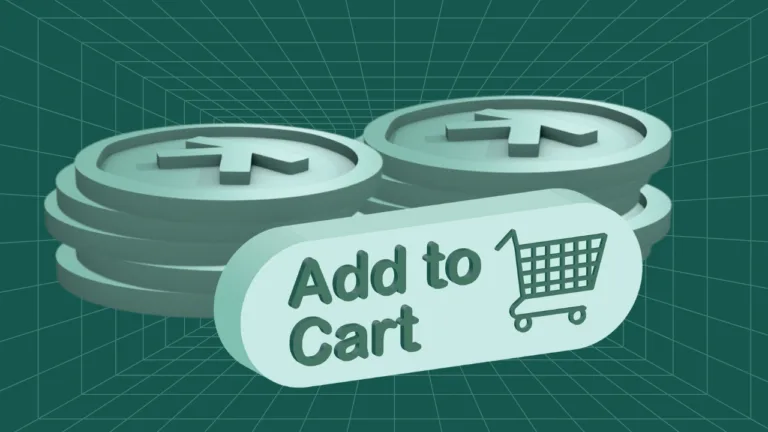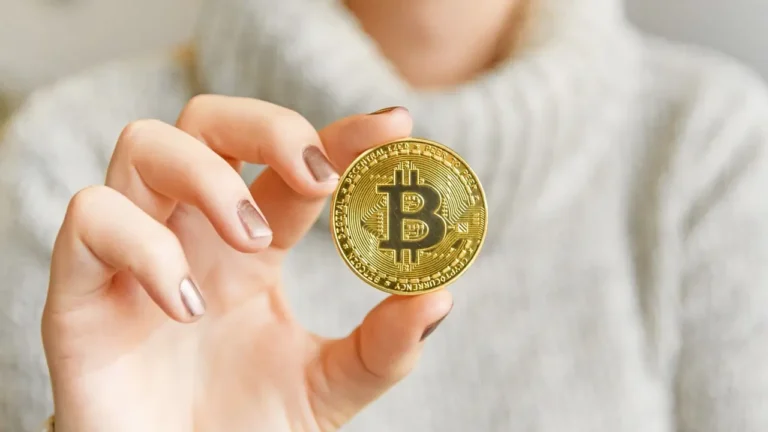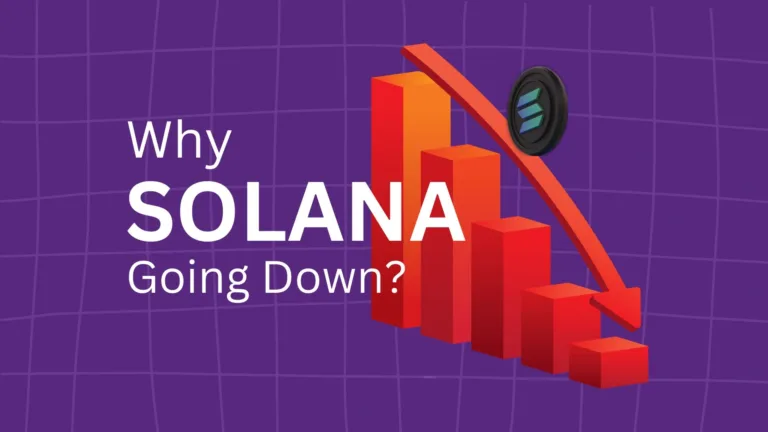Can XRP Reach $4,000 by 2050?
The cryptocurrency market never sleeps. Each day, technological breakthroughs and shifting policies reshape the digital financial landscape in real time.
Among the noise of thousands of crypto assets, XRP—the digital token closely associated with Ripple Labs—has stood out as a dark horse with long-term potential that’s difficult to ignore.
Designed as a solution for fast, low-cost cross-border payments, XRP isn’t just competing in price charts—it’s aiming for relevance in the global financial system.
But the big question remains: How far can XRP go by the year 2050?
Will it become the backbone of a new financial world order, or lose relevance amidst growing competition and regulatory hurdles?
Principal Conclusions
Hide-
2050 Price Forecast Range: From a conservative $1.46 to a highly optimistic $3,106.39.
-
Three Projection Scenarios: Conservative, Moderate, and Bullish—each shaped by adoption levels and regulatory clarity.
-
Key Growth Drivers: Institutional adoption, clear regulatory frameworks, and increased market liquidity.
-
Main Risks: Price volatility, legal uncertainty, and competition from other blockchain platforms.
-
Methodology: A combination of technical analysis, on-chain data, and expert insights.
This article explores multi-scenario price projections for XRP by 2050, based on historical data, technical indicators, technological advancements, and the ever-shifting landscape of global regulations and macroeconomics. Let’s unpack each layer.
XRP’s Backstory: From Payment Solution to Digital Reserve Asset
Launched in 2012, XRP entered the scene with a bold mission: to revolutionize global payments.
Unlike Bitcoin, which champions full decentralization, XRP was designed with a specific focus—to serve as a “bridge currency” enabling near-instant, low-fee international money transfers.
In early 2018, XRP reached its all-time high of around $3.84. However, its momentum took a hit when Ripple was sued by the SEC for allegedly selling unregistered securities. This legal battle sent XRP on a turbulent ride.
As of May 2025, XRP trades between $0.65 and $0.80, reflecting a slow but steady recovery following years of regulatory uncertainty. Despite the setbacks, XRP remains resilient and far from irrelevant.
Methodology and Assumptions: Forecasting the Road to 2050
Predicting the price of an asset like XRP decades into the future isn’t about making guesses—it requires a serious, data-driven approach that pulls from multiple disciplines.
Just like weather forecasters rely on satellites and mathematical models, long-term crypto forecasting must be grounded in tools, data, and informed assumptions.
Here are the key pillars behind XRP’s 2050 price projections:
1. Institutional Adoption: From Experiment to Industry Standard
The future of XRP heavily depends on how deeply it penetrates the institutional finance world.
Ripple has already partnered with major financial players such as Santander (Spain), SBI Holdings (Japan), and Bank of America (USA). If, in the next 10–20 years, hundreds of banks begin using XRP for cross-border settlements, demand could surge.
More importantly, it would validate XRP as part of the global financial infrastructure. The deeper XRP is embedded in international finance, the stronger its fundamental value becomes.
📌 Core Assumption: Ripple continues expanding strategic partnerships and XRP is widely used in On-Demand Liquidity (ODL) systems by financial institutions.
2. Regulatory Clarity: Law as the Decider of Fate
One of the most influential factors is regulation.
XRP has long sailed through murky legal waters, especially after the SEC lawsuit in 2020. However, should it eventually be legally declared not a security, doors will swing open for large-scale adoption.
Institutional investors who’ve held back due to legal uncertainty may finally enter the XRP market, potentially triggering a wave of capital inflow.
More broadly, harmonized regulations in the US, Europe, and Asia would lay the groundwork for a transparent and secure global trading ecosystem.
📌 Core Assumption: Regulatory frameworks around the world reach alignment, granting XRP legal status that supports long-term growth.
3. Technological Innovation: Not Just New Features, but Evolution
Crypto evolves fast. What’s cutting-edge today can be outdated tomorrow. XRP’s ability to innovate and stay ahead is essential for its survival and growth.
With features like On-Demand Liquidity (ODL) that bypass double fiat conversions, and Layer-2 solutions that improve scalability and speed, XRP is already making strides.
Imagine XRP integrated into global digital wallets like Apple Pay or AliPay—or used in autonomous payments for EVs or IoT devices. These possibilities depend on ongoing technological progress.
📌 Core Assumption: Ripple maintains aggressive innovation, enabling XRP to interoperate across financial and technological ecosystems.
4. Macroeconomic Factors: The Outside World’s Influence
Global economic conditions heavily affect the crypto market. XRP, like any other asset, responds to inflation, interest rates, and geopolitical tension.
In times of crisis, investors look for “safe havens.” If XRP proves stable and efficient enough, it could emerge as the “second digital gold,” especially if adopted as a reserve asset by central banks in a digital future.
📌 Core Assumption: A global shift toward digitized assets accelerates, with crypto like XRP playing a strategic hedge against economic volatility.
5. Technical Analysis & On-Chain Data: Finding Patterns in the Chaos
Blockchain’s transparency offers valuable insights through on-chain analysis—transaction volumes, active addresses, and whale activity reveal market psychology.
When paired with traditional technical indicators like RSI, MACD, and support/resistance levels, analysts can forecast potential breakouts or identify early warning signs of crashes.
📌 Core Assumption: Network activity around XRP continues to grow, reflecting real-world usage, and technical patterns support a long-term bullish trend.
XRP Price Predictions for 2050: Three Possible Scenarios
| Scenario | Summary | Price Range (USD) | Source |
|---|---|---|---|
| Conservative | Limited adoption, strict regulation, heavy competition from CBDCs & stablecoins | $1.46 – $14.29 | Bitscreener |
| Moderate | Widespread ODL use, favorable regulation, steady institutional uptake | $35 – $60 | Capital.com |
| Bullish | XRP becomes the global cross-border standard and a digital reserve asset | $125 – $3,106.39 (or higher) | CryptoDisrupt, Crypto Basic |
Growth Drivers and Challenges for XRP
Key Growth Drivers
-
Strategic Partnerships: Ripple’s collaborations with central banks and financial giants increase XRP’s real-world demand.
-
High Liquidity: Strong trading volume reduces volatility and improves price stability.
-
Regulatory Clarity: Legal certainty attracts institutional capital and encourages long-term holding.
-
Tech Development: RippleNet and future smart contract integration enhance XRP’s competitiveness.
Risks and Obstacles
-
Extreme Volatility: Rapid price swings can discourage retail investors and signal instability.
-
Competition: CBDCs and DeFi platforms (like Ethereum and Solana) may overshadow XRP’s relevance.
-
Technical Barriers: Network scaling issues and potential cyberattacks remain concerns.
Uncertainty & Risk Factors That Could Derail XRP
-
Regulatory Shifts: New laws or outright bans could limit XRP’s availability and appeal.
-
Disruptive Innovation: Newer, superior blockchain technologies may replace XRP.
-
Market Manipulation: Whale activity and FUD (Fear, Uncertainty, Doubt) campaigns can trigger flash crashes.
-
Reliance on Ripple: If Ripple fails—legally or financially—XRP’s credibility could collapse.
Regulation and Institutional Adoption: The Deciding Forces
Perhaps the most pivotal influence is the legal status of XRP in the United States. If the SEC officially declares that XRP is not a security, it could unlock new markets and institutional participation on US-based exchanges.
On another front, Ripple’s involvement with central banks developing pilot CBDC programs adds credibility to XRP as a liquidity bridge in national digital currency systems.
This dual progress—regulatory validation and practical adoption—could shape the next chapter of XRP’s journey.
Conclusion: Is XRP Destined for Digital Legend Status?
Forecasting XRP’s price all the way to 2050 is a formidable challenge. The crypto world moves at lightning speed, where a single headline can shift markets overnight.
Still, by examining historical data, monitoring technological evolution, and keeping an eye on regulatory developments, we can begin to paint a rough picture of where XRP might be headed.
-
In a worst-case scenario, XRP survives but stagnates—remaining a niche payment tool.
-
In a moderate scenario, XRP matures alongside the broader digital finance ecosystem.
-
In a best-case scenario, XRP becomes a cornerstone of the global financial system, potentially reaching four-digit valuations.
One thing is certain: XRP’s story is far from over.
Frequently Asked Questions (FAQs)
How accurate are long-term XRP projections?
Long-term projections are speculative and influenced by many unpredictable factors, so their accuracy is inherently limited.
Can SEC regulations reverse XRP's trend?
Yes. The SEC’s decision regarding XRP’s legal status will significantly impact market sentiment and institutional access to the asset.
How does XRP compare to stablecoins?
XRP is not a stablecoin; its price fluctuates based on market demand, whereas stablecoins are pegged to specific assets like the USD.
What is Ripple’s On-Demand Liquidity (ODL)?
ODL uses XRP to facilitate fast cross-border transfers without the need for pre-funded accounts, enhancing payment system efficiency.
Should retail investors buy XRP for the long term?
Retail investors should conduct their own research, consider volatility risks, and build a diversified investment strategy.







